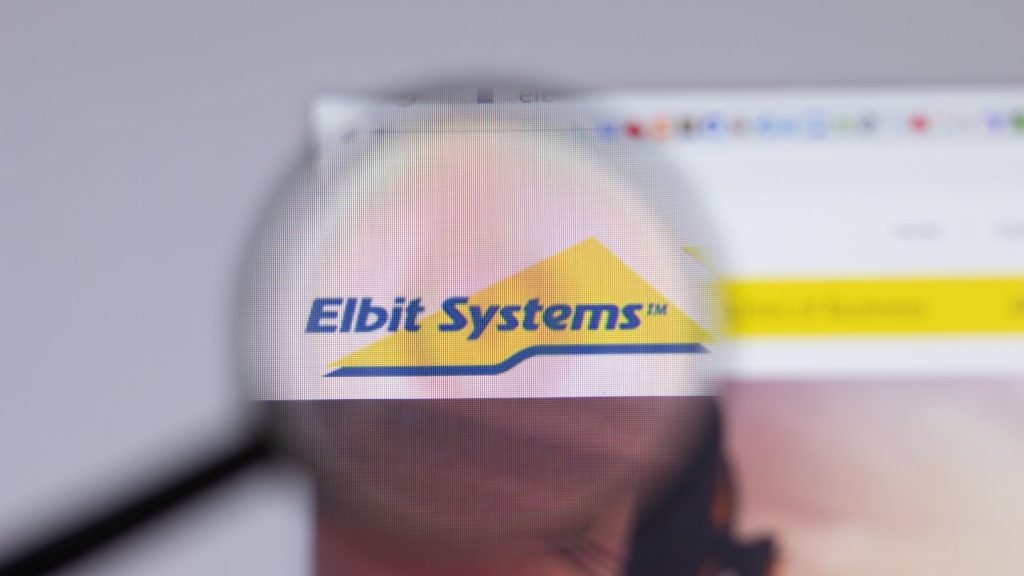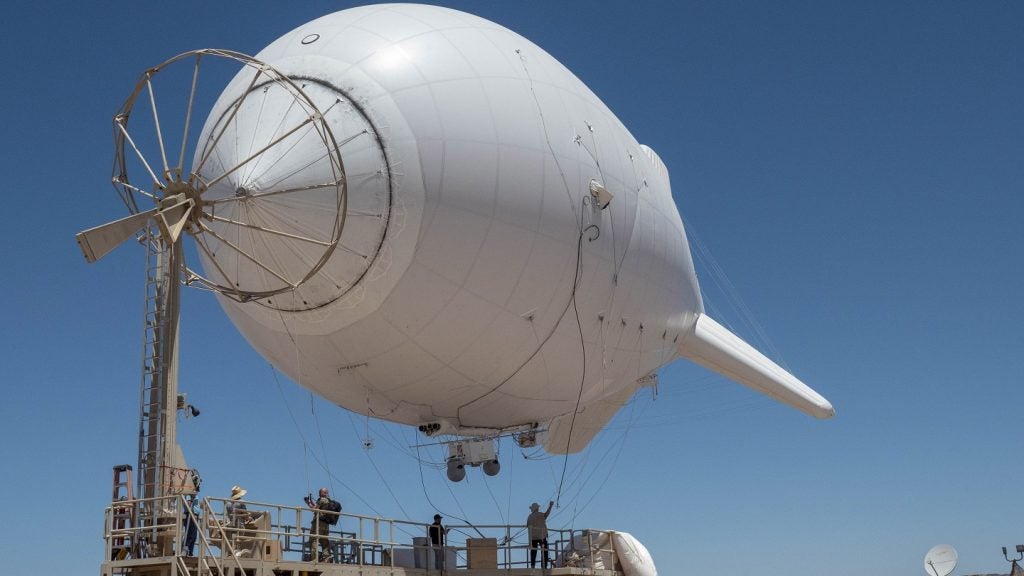
The European Defence Agency (EDA) has launched a project to camouflage its ground-based systems.
The Advanced Solutions for Camouflage of Land Systems using smart and adaptive materials (ASCALS) project will look into new materials and their application processes for active and adaptive camouflage in the visible, infrared and radar ranges.
How well do you really know your competitors?
Access the most comprehensive Company Profiles on the market, powered by GlobalData. Save hours of research. Gain competitive edge.

Thank you!
Your download email will arrive shortly
Not ready to buy yet? Download a free sample
We are confident about the unique quality of our Company Profiles. However, we want you to make the most beneficial decision for your business, so we offer a free sample that you can download by submitting the below form
By GlobalDataEffective concealment improves stealth reconnaissance capability and surprise factor for ground systems. The wide variety of operational environments of modern ground systems creates a need for active and adaptive camouflage concepts that reduce optical and thermal signature under a variety of possible terrain and weather conditions.
ASCALS intends to address these challenges and pursue the advantages of smart and adaptive camouflage. The project will focus on the development of advanced materials for absorption and obscuring techniques.
ASCALS will run for 18 months with a budget of €1.3m ($1.4m) and brings together ten partners from six member states.
The EDA already envisions a follow-on phase (ASCALS II) to optimise the most promising routes identified in ASCALS I and develop several demonstrators. The EDA shall assemble these demonstrators in land platforms and test them in a relevant environment by 2027.
The first phase of the project has started; it is funded by Greece (lead Nation), Luxembourg, the Netherlands, Poland, Portugal and Sweden.
Protecting systems to protect infrastructure
The protection of critical national infrastructure is an objective that is high on the EU’s list of defence concerns. Since the start of the war in Ukraine in February last year, Russian forces have targeted European energy – beyond the brutal warfare that it directs against Ukraine.
So far this year, the EU has convened a joint task force with Nato for the protection of critical national infrastructure in March.
On the ground, Europe wants to preserve its air defences – their main line of defence against adversarial threats. Without these systems the contient’s energy and transport infrastructure will be open to sabotage as Russia continues to pursue its energy war on Europe to deter them from supporting Ukraine. We have already observed a deep divide in Europe in which “the collective west [wants] Ukraine to win – but not necessarily to the same extent” the Polish prime ministerm Mateusz Morawiecki warned in April.
ASCALS extends to other miltiary domains as well. Only last week, the Dutch defence minister, Kasja Ollongren, pointed out that that Russian ships had been caught mapping wind farms in the North Sea, this tells us in no uncertain terms that Europe’s subsea infrastructure is also under threat.
While ASCALS will investigate the feasibility of application to selected military ground platforms, the results of the project can be expected to bear potential for usage in the maritime and air domain as well.






